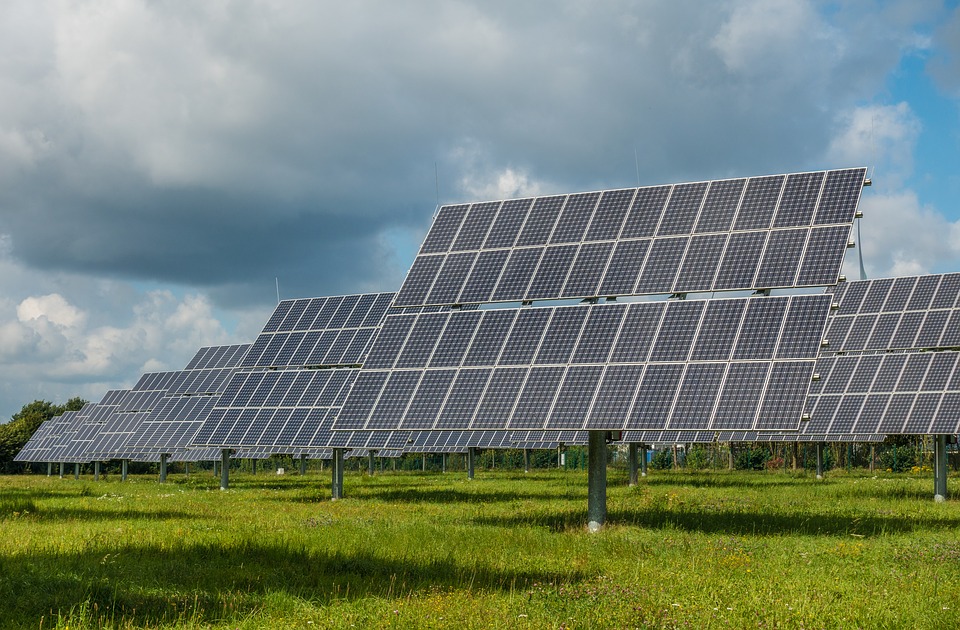
Want to generate more electricity from your solar panels? Look no further than a solar tracker. It will make your solar panels more efficient so that they are able to generate more electricity.
What Is a Solar Tracker?
A solar tracker is a mechanical system that adjusts the direction of solar panels based on sun exposure. The sun, of course, is constantly moving. It rises in the east and sets in the west. With a solar tracker, you can rest assured knowing that your solar panels will always be pointing in the right direction.
The concept behind solar trackers is simple: They will adjust the direction of solar panels so that they are always pointed towards the sun during the daylight hours. Whether monocrystalline or polycrystalline, solar panels are more efficient in direct sunlight. Direct sunlight will allow them to generate more electricity by exposing them to more photons.
How Solar Trackers Work
Most solar trackers are motorized. They are equipped with a motor that turns and moves solar panels. The motor will automatically adjust the direction of the solar panels.
In addition to motorized solar trackers, there are pneumatic solar trackers. Pneumatic solar trackers use pressurized gas to adjust the direction of solar panels. As the sun beams down pneumatic solar tracks, the gas within them will heat up. The pressure of the gas will then increase, and the pneumatic solar trackers will use it to adjust the direction of the solar panels.
Types of Solar Trackers
Most solar trackers fall under one of two categories: single axis or double axis. Single-axis solar trackers are characterized by the use of a single axis, meaning they have one point of rotation. Double-axis solar trackers, on the other hand, have two points of rotation.
Single-axis solar trackers cost less than double-axis solar trackers. And in most cases, they last longer. Double-axis solar trackers, however, are more efficient. With two points of rotation, they can direct solar panels more acutely to achieve the narrowest possible beam of sunlight, resulting in greater efficiency.
There are still drawbacks to using solar trackers. They are typically limited to ground-mount solar panels, for instance. If you have solar panels installed on the roof of your home or business, you may not be able to use a solar tracker.
A solar tracker will also increase the total cost of your solar panel installation. While single-axis solar trackers cost less than double-axis, they are still somewhat expensive. As a result, solar trackers aren’t commonly used with residential solar panel installations; they are typically used with commercial solar panel installations.

